Car fans of a certain age will remember looking agog at 80s and 90s icons like the original Honda NSX, the Ferrari F40 or the Porsche 928 with their pop-up headlights and thinking: “That’s sooo coooooool!”
And cool they were. For decades the pop-up headlight was one of the simplest yet greatest motoring pleasures. Who cares how much horsepower is under the bonnet when you’ve got freaking pop-up headlights, dude!?
Some liked the mechanics of how they’d open and close, others liked how they seemed to make cars more human with their lights acting like drowsy eyelids, but nowadays you’d be hard-pushed to find any new car with pop-up headlights. Where did they all go?
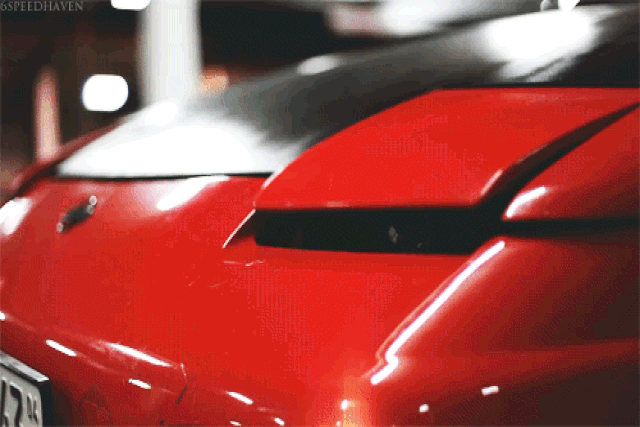
The pop-up headlight was first introduced on the 1936 Cord 810 as a clever and stylish way to conceal the slightly clumsy round headlamps that were used at the time. The car caused a sensation upon its unveiling at the 1935 New York Auto Show, netting more than 1,000 orders at the show alone.
Yet it wasn’t really until the 1960s and 1970s that the pop-up headlight really came into force. At the time, regulations in the US dictated that all cars must have either round or rectangular sealed-beam headlights for safety reasons, the chunky dimensions of which severely limited styling options.
Car designers weren’t particularly fussed with the large sealed-beam lights and so began to hide them behind trap-door like devices, which meant that the low, sleek proportions of the car could be preserved while still adhering to the law.
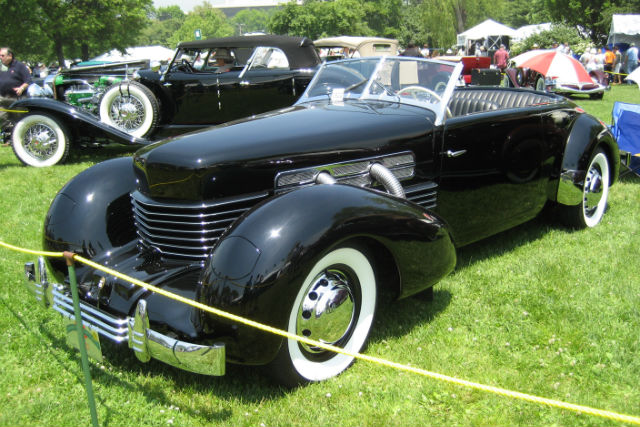
Clever and stylish
As well as that, in the 1970s rules were introduced which dictated a minimum height requirement for cars’ headlights, which was considerably higher than the desirable height of a low-slung sports car.
Again, hidden headlamps allowed carmakers to bend these rules, with the lights able to be raised up to the legal level while maintaining the compact aesthetic design wanted. By the 1980s, Japanese manufacturers took the ball and ran far and wide with it, creating all manner of wedge-like cars with audaciously low bonnet heights like the 1988 Honda Accord and the original Mk1 Mazda MX-5.
However, in the present day, many of the regulations that forced manufacturers to design cars with pop-up headlights have disappeared, while new ones have cropped in that have widely restricted their use.
By the 1990s the laws that stated that cars in the US must be made with sealed-beam headlights had been phased out, and manufacturers instead began to play with alternative designs, incorporating the lights into the body lines of the car with clear acrylic housings.
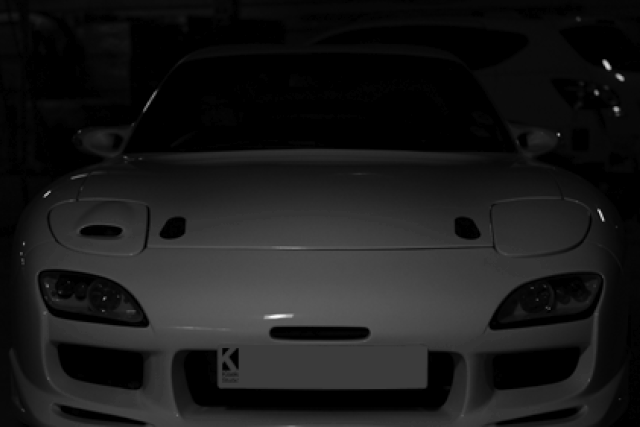
An increase in the use of LED headlights and adaptive headlights, which adjust the direction of the light beams according to the driver’s position in the road, has likewise also contributed to the decline of pop-up lights.
But the single biggest contributor to the death of the pop-up headlamp has been safety regulations. As more manufacturers started to use pop-up lights, an epidemic of dodgy electrics ensued, which saw everything from the famous wink where one light would open but not the other, to the dreaded scenario where both lights would simply seal themselves shut.
In the US, a safety standard was specifically created as a result of these unreliable lights, the National Highway Traffic Safety Administration’s Standard No. 108. The standard basically decreed that if any malfunction in the light’s operation was found, the lights must stay constantly opened, which more or less entirely defeated the point of concealed headlamps.
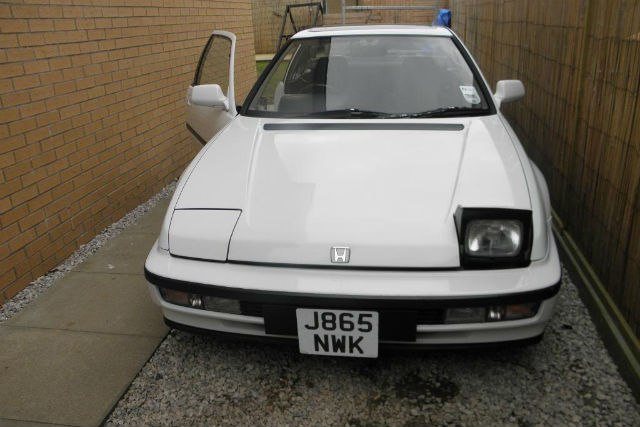
Increasing safety restrictions
On the other side of the pond, European design laws introduced in the last decade or so have required cars to be more readily deformable, which is intended to protect pedestrians in the event of a collision.
A report presented to the European Commission in 2004 stated that it’s difficult to create hidden headlights which comply with these rules, and any costs involved in trying to manufacture them just aren’t worth it to manufacturers.
Although EU rulings don’t apply to cars in the US and vice versa, given that the vast majority of carmakers operate globally, it’s contributed to a diminished mutual desire for pop-up lights, as cool as they may be.
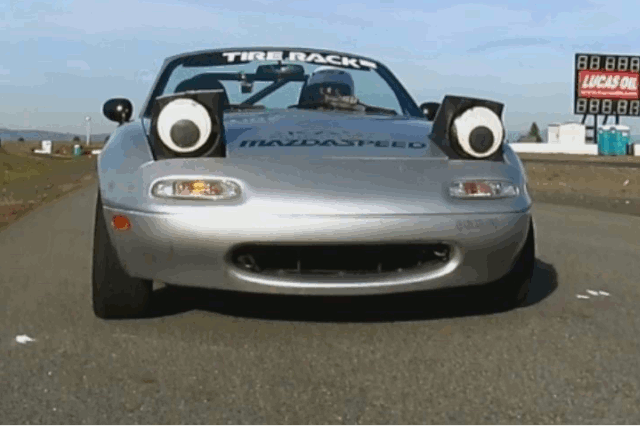
By the early 2000s the pop-up headlamp had largely left the mainstream, with the last cars to sport hidden headlamps being the C5 Chevrolet Corvette and the Lotus Esprit V8, both of which were designed in the late 90s and both of which ceased production in 2004.
Will pop-up headlights ever come back? Well, at present it’s unlikely given that pedestrian safety, reliability and consistent aerodynamics are bigger concerns to car manufacturers than the simple pleasure of a headlight than can flip up and down.
Still, never say never. All it takes is one look at Mazda’s plan for a brand-new rotary engine to know that a good idea is hard to kill, even if it doesn’t quite hit the mark first time round.



